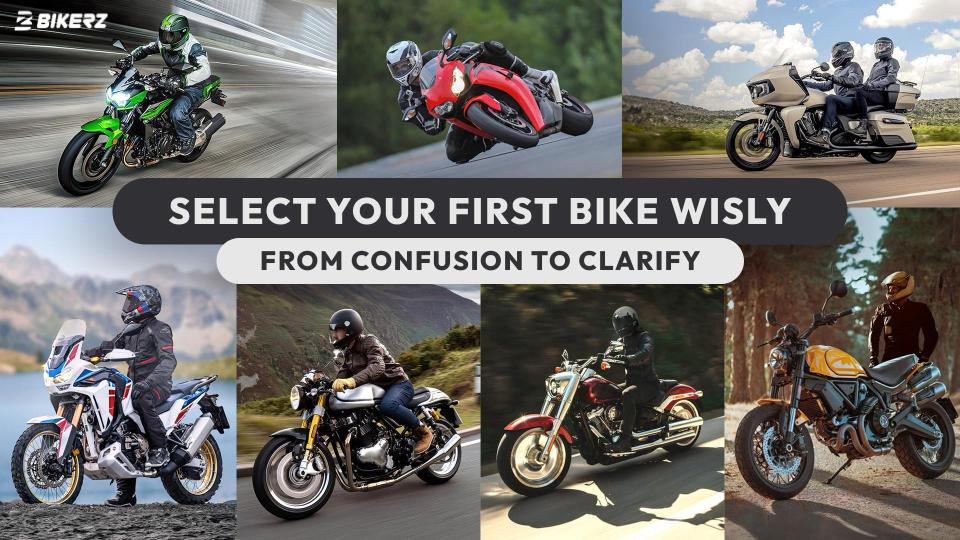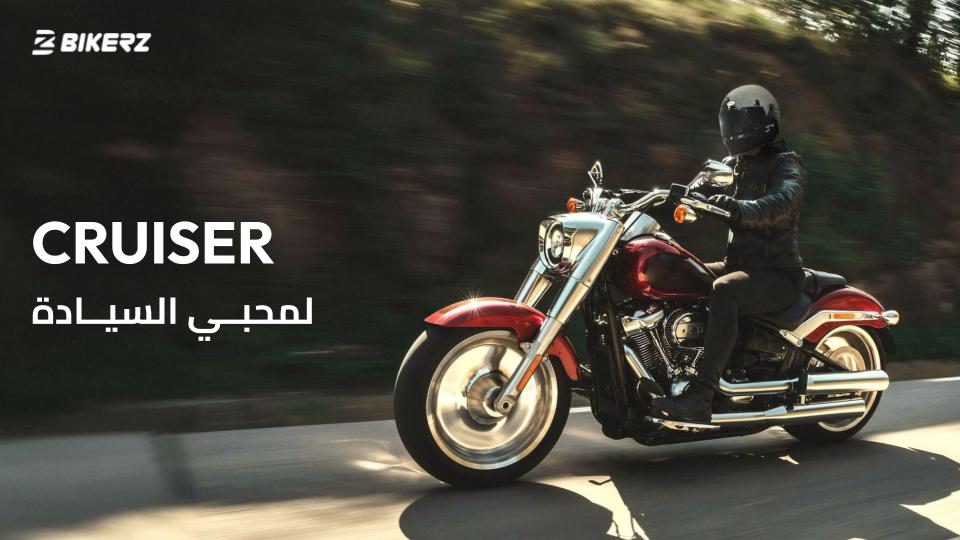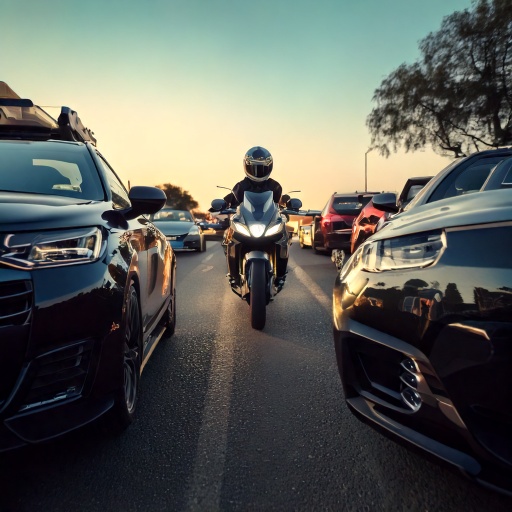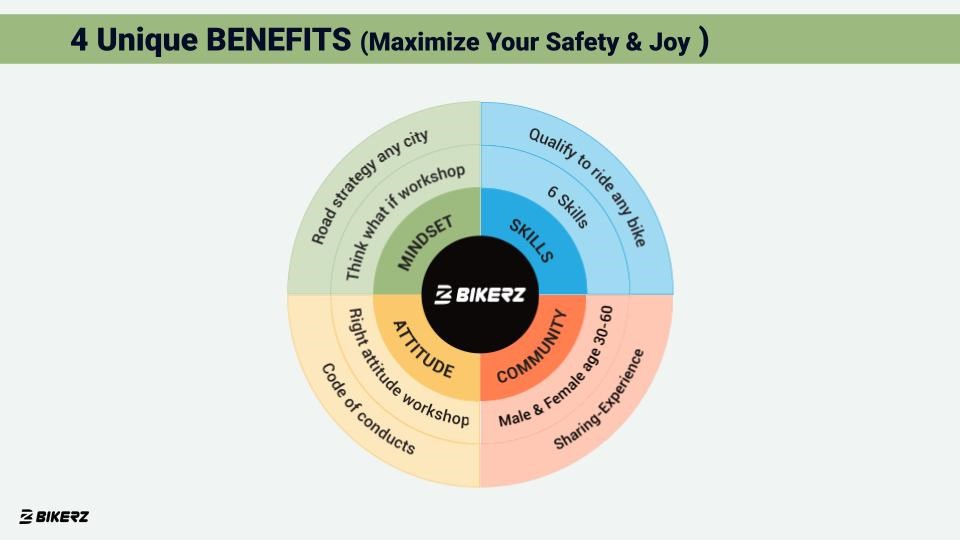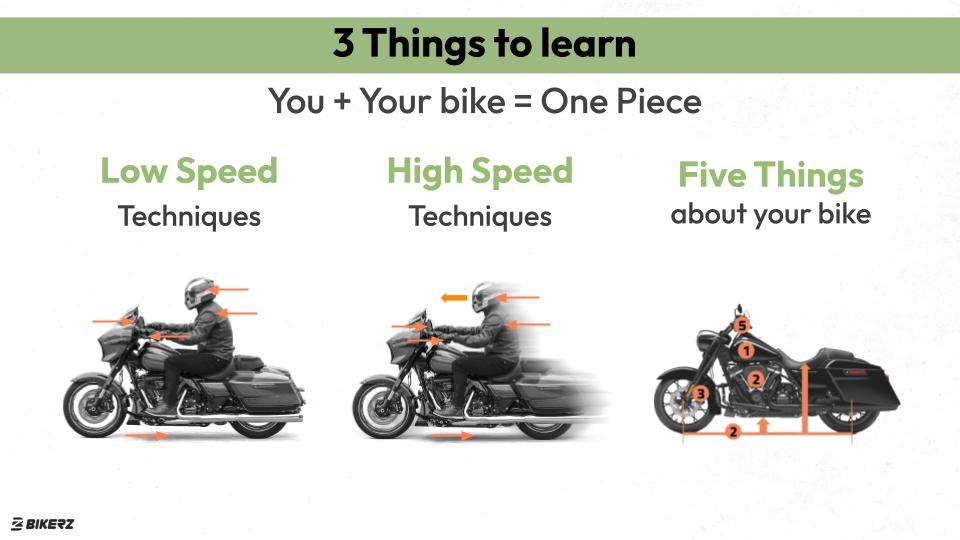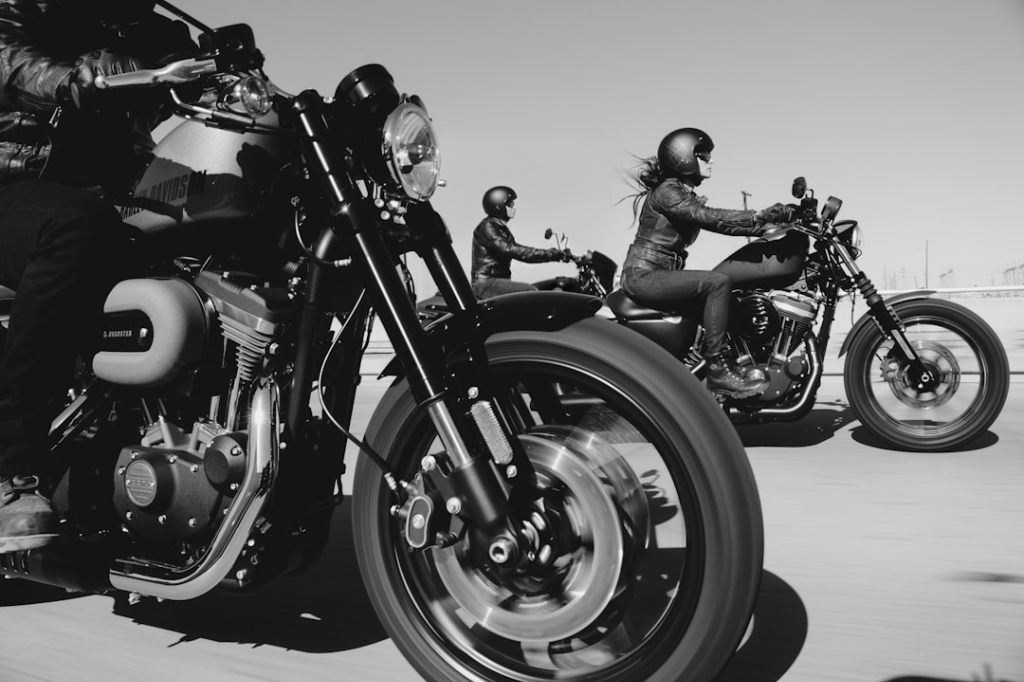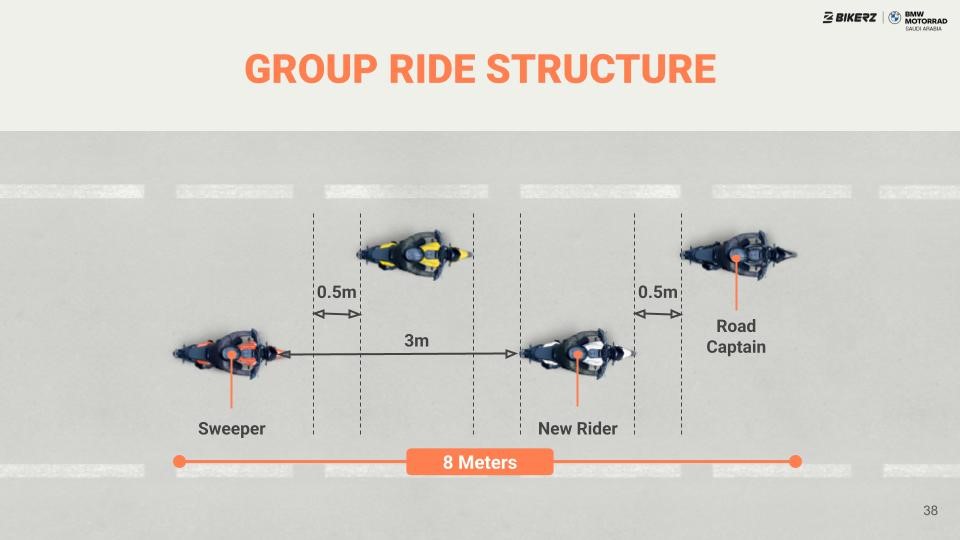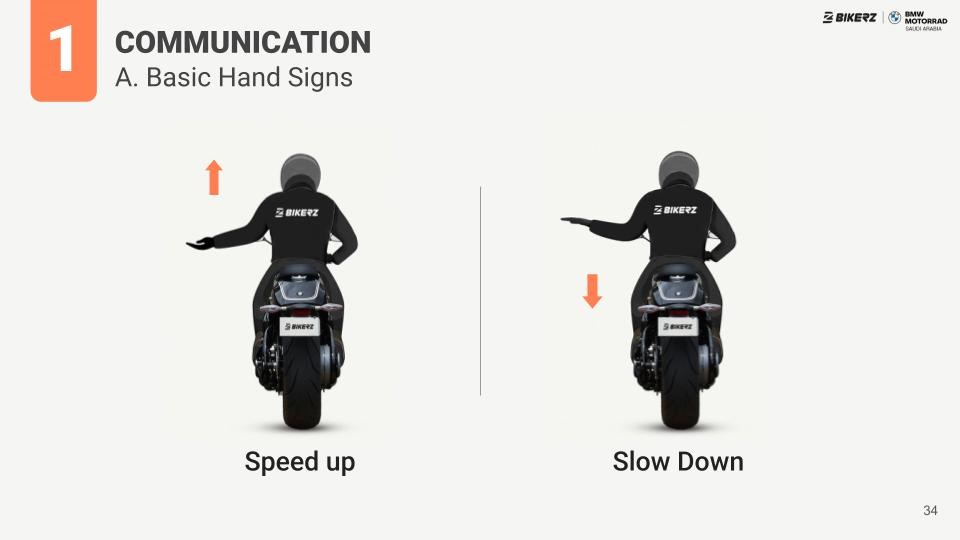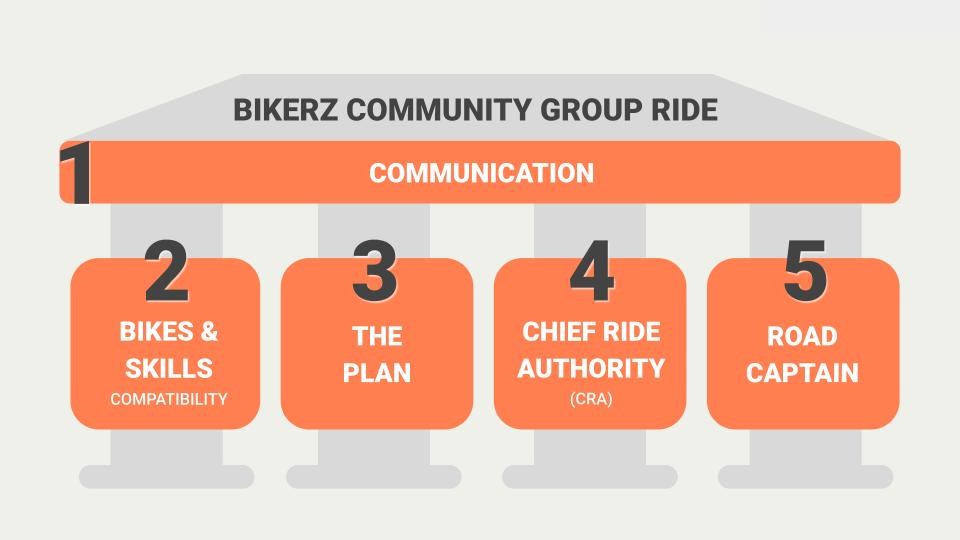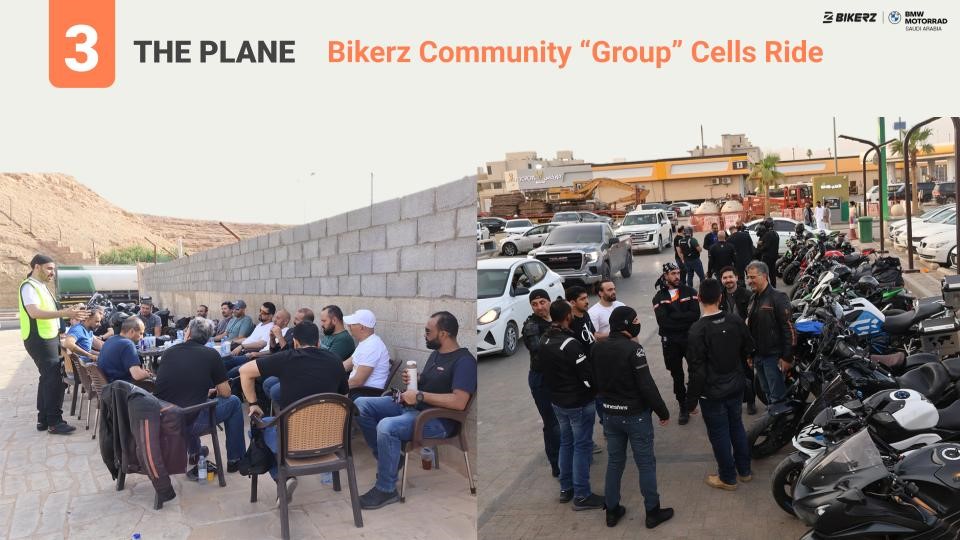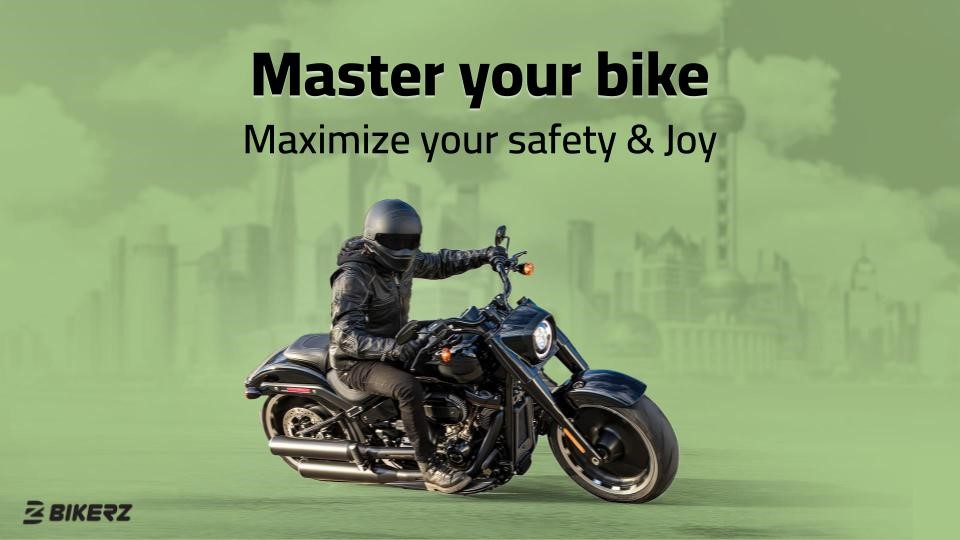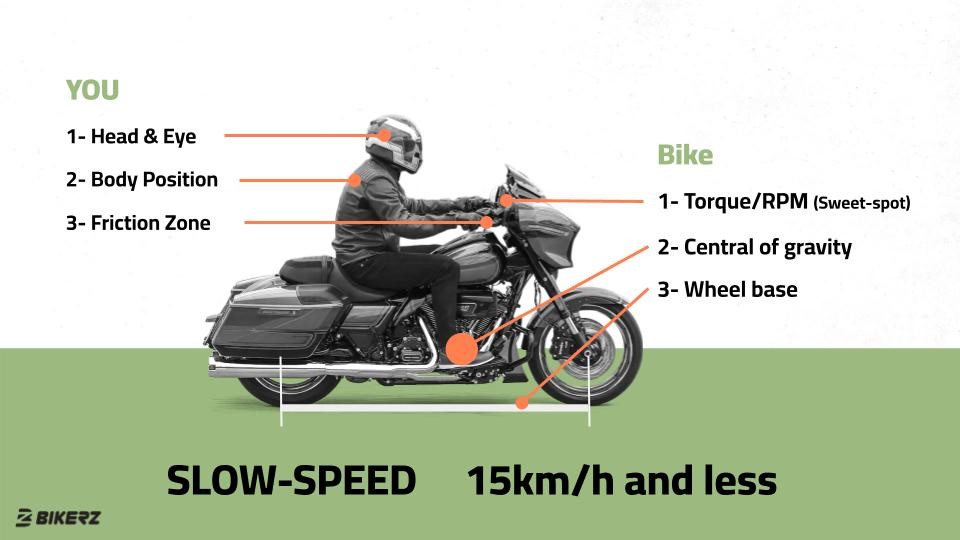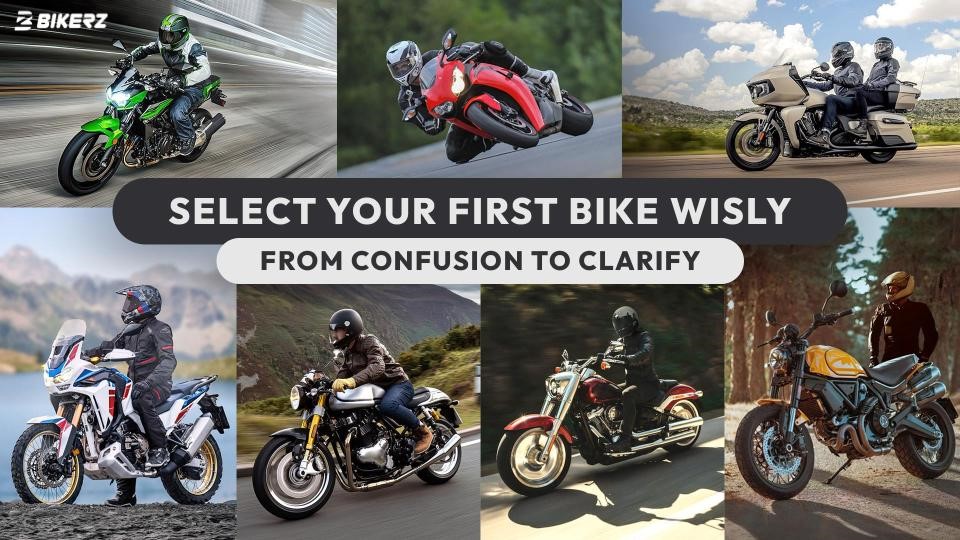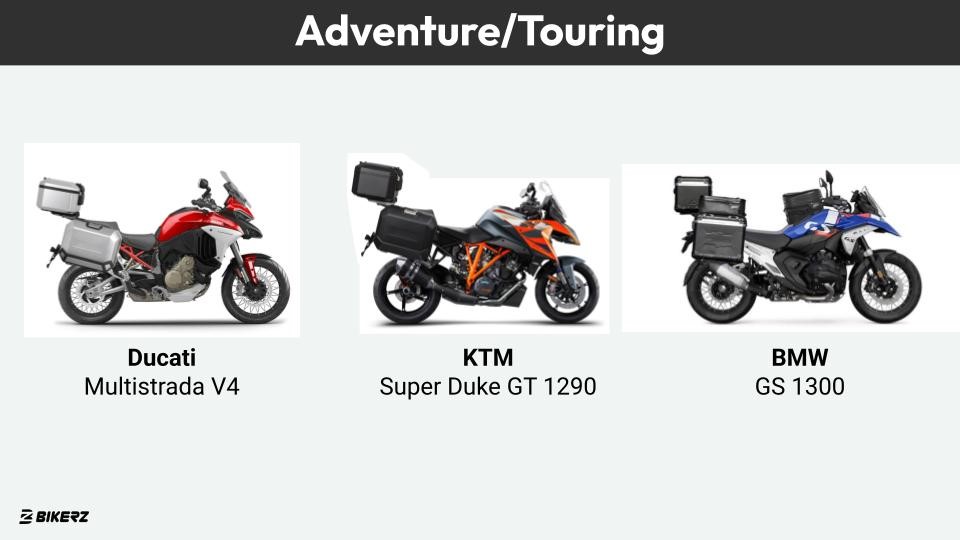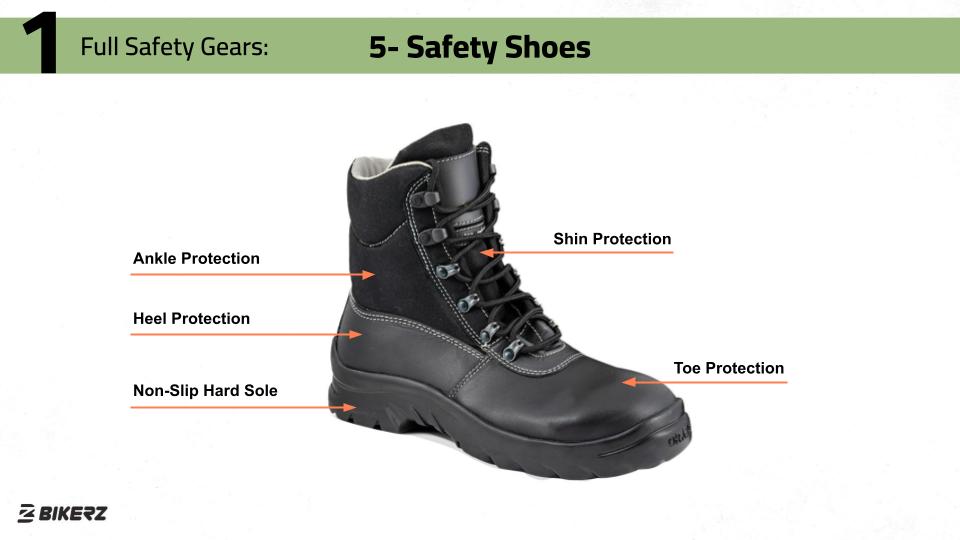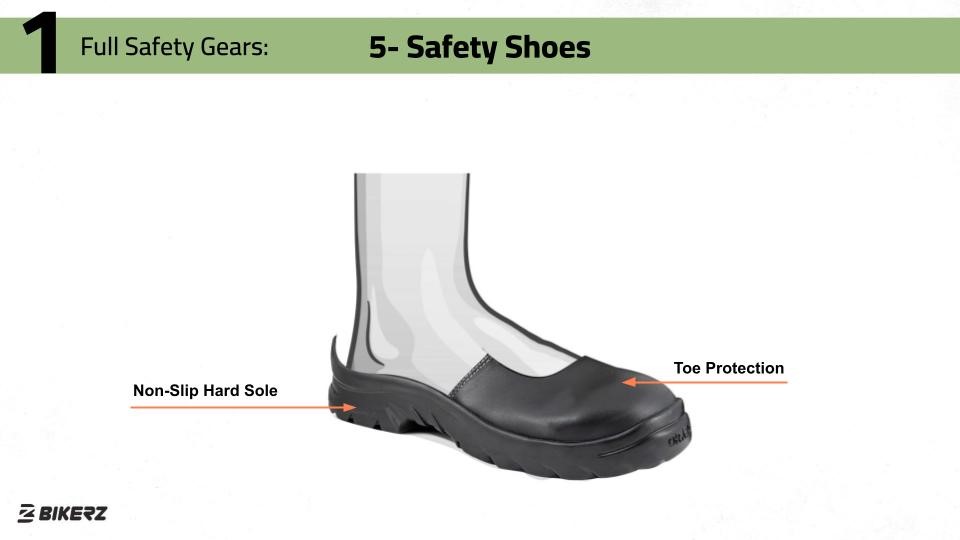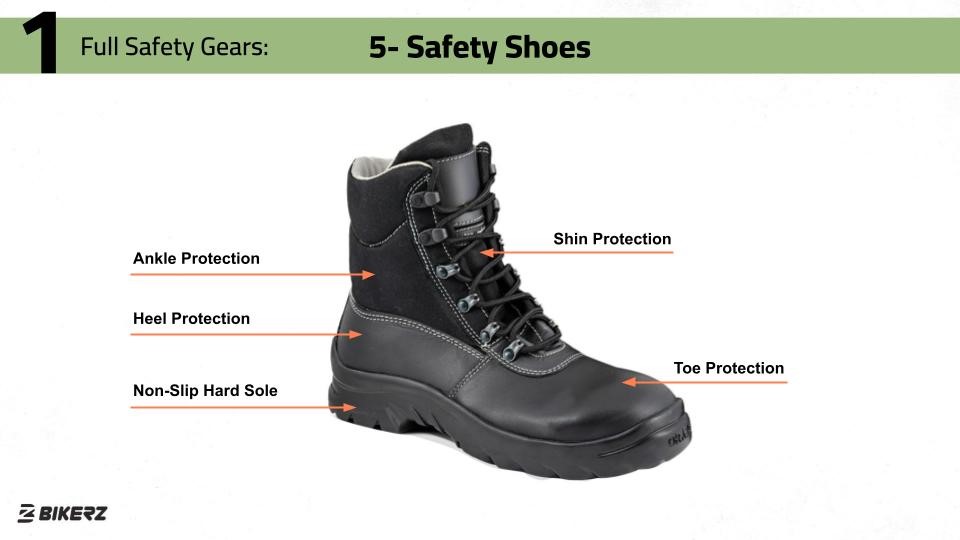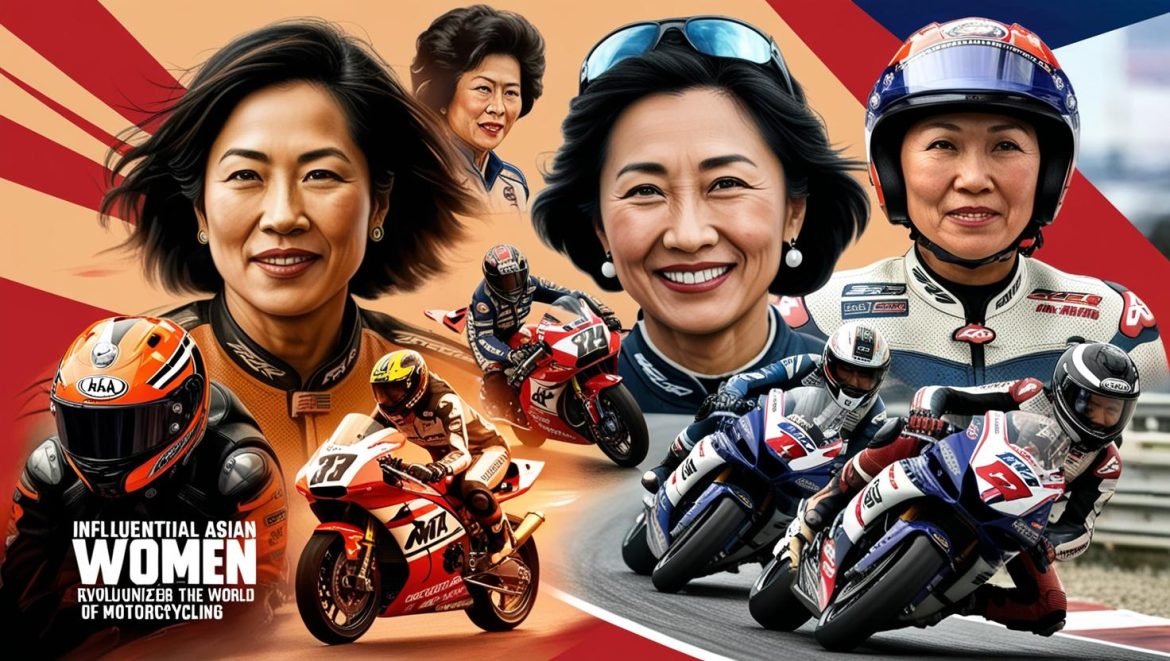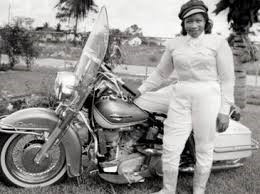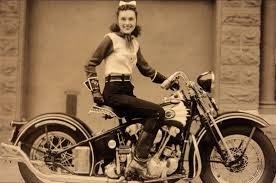Q1. What topics are covered in the “Think What If” workshop?
The workshop covers 50 potential scenarios for riders, addressing various challenges you might encounter on the road. These include reacting to:
- Golden Rule (4 options)
- Other drivers’ mistakes
- Animal crossings
- Road construction
- Road debris
- Slippery surfaces
- Strong winds
- Rain, fog, snow, and ice
- Low visibility
- Mechanical failures like flat tires
- Emergencies such as crashes, fires, or medical incidents
Additionally, you’ll learn defensive riding techniques, strategies for avoiding common road hazards, and how to prepare for unexpected situations.
Q2. Does the workshop focus on improving situational awareness?
Yes! The workshop is specifically designed to enhance your situational awareness by teaching you to anticipate potential dangers and make well-informed decisions on the road.
Q3. Are defensive riding techniques included?
Absolutely. The workshop includes a detailed look at defensive riding techniques to help you minimize risks and ride safely every time you hit the road.
Q4. How will this workshop benefit me as a rider?
Participating in the “Think What If” workshop provides several benefits, including:
- Enhanced awareness of potential road hazards
- Practical strategies for defensive riding
- Confidence in responding to unforeseen challenges
- A proactive mindset to prevent accidents
- Valuable preparation for adverse weather and road conditions
By the end of the workshop, you’ll not only improve your riding skills but also become a more thoughtful and confident motorcyclist.
Q5. What are some specific examples of scenarios I’ll learn to handle?
Here are just a few of the many scenarios you’ll master during the workshop:
- Navigating slippery surfaces caused by rain or ice
- Safely responding to sudden animal crossings
- How to avoid or manage debris on the road
- Effective techniques for maintaining control in high winds
- Reacting appropriately to road construction or detours
- Managing emergencies like tire blowouts or a crash
Each scenario is designed to teach you not only how to react but also how to minimize risks before these situations occur.
Q6. How is the workshop delivered?
The “Think What If” workshop is an online workshop:
- Online Workshops: Proactive safety awareness and risk assessment training.
- Personalized Mentorship: Guidance and support tailored to your specific needs throughout your learning journey.
Q7. How long does the “Think What If” workshop take to complete?
The online portion of the workshop is designed to be easily digestible and can be completed in 2 hours.
Q8. Are there any prerequisites for attending the workshop?
No prerequisites are required! The “Think What If” workshop is suitable for riders of all experience levels, from beginners looking to build confidence to seasoned riders aiming to refine their skills.
Q9. Can I ask questions during the workshop?
Absolutely! Participants are encouraged to ask questions during the workshop to clarify concepts and gain deeper insights. Our trainers are committed to making your learning experience interactive and valuable.
- Is the workshop offered online or in person?
The “Think What If” workshop is offered online. This makes it accessible to riders regardless of location or schedule preferences. Plus you can repeat it multiple times.
- What materials or resources are provided?
No material provided, but you can attend the workshop multiple times.
- What scenarios are covered in the workshop?
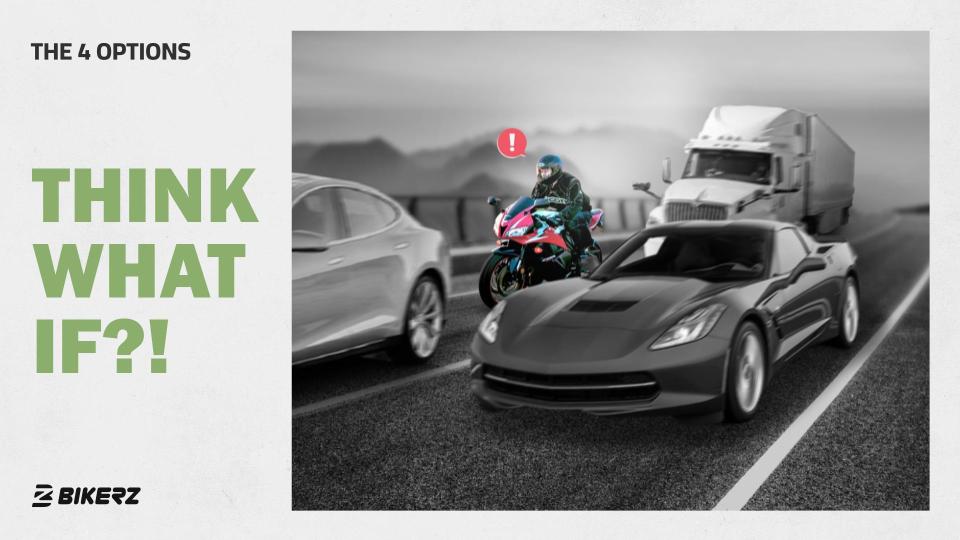
The workshop explores 50 potential road scenarios, from navigating intersections and blind curves to handling poor weather and road construction. These scenarios aim to prepare you for real-world riding challenges.
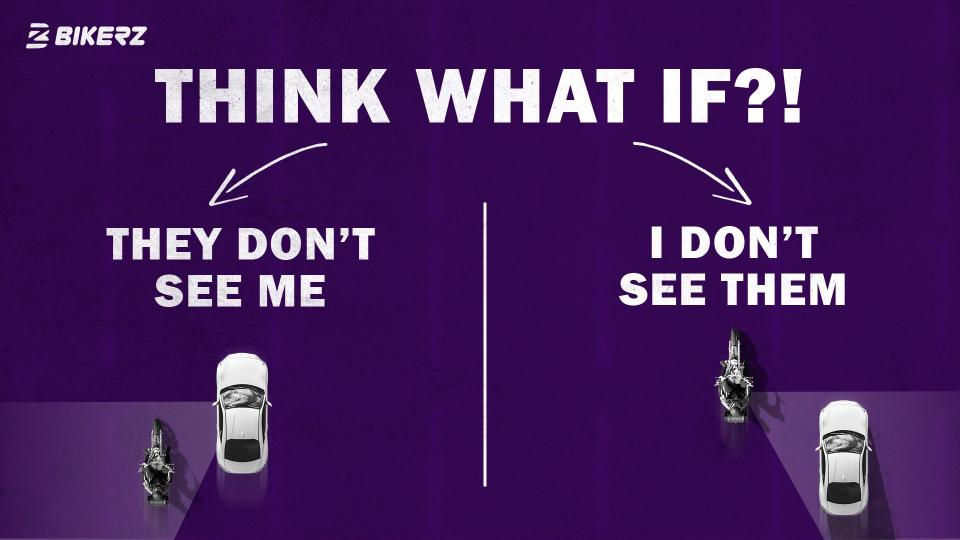
- How does the workshop improve my situational awareness?
You’ll learn strategies for scanning your environment, identifying potential risks, and anticipating the actions of other road users. This proactive mindset helps reduce the likelihood of collisions and builds confidence on the road.
- Does the course cover defensive riding techniques?
Yes, “Think What If” emphasizes defensive riding skills like maintaining safe following distances, leveraging lane positioning, and creating a mental “Plan B” for unexpected circumstances.
- What specific hazards and conditions are addressed?
This workshop prepares riders to handle a wide range of scenarios, including:
- Reacting to other drivers’ mistakes
- Avoiding animals crossing the road
- Riding on slippery surfaces, such as ice or gravel
- Adapting to rain, snow, fog, and strong winds
- Navigating road construction zones
- Responding to debris, blind curves, and low visibility conditions
Each example comes with specific techniques to reduce risk and maintain control.
- Will the workshop teach how to react to mechanical or emergency failures?
Yes, this includes reacting to flat tires, mechanical failures, or even medical emergencies. Practical tips ensure participants can maintain composure and manage these situations effectively.
- What is the cancellation or rescheduling policy?
Cancellations can be made up to 24 hours before the workshop. Rescheduling is flexible, subject to availability. Please review the Bikerz cancellation policy on the registration page.
- What’s the biggest takeaway from this workshop?
Participants leave with increased confidence, heightened awareness, and actionable tools to make every ride safer and more enjoyable.
Why should I trust Bikerz as my training provider?

Testimonials
2- [Exciting Ride with Bikerz]
At Bikerz, we are passionate about elevating the motorcycling experience through safety, responsibility, and community. Here’s why you can trust us as your training provider:
- Safety-First Approach: Our training programs are built on global best practices from esteemed institutions such as MSF, IFZ, FIM, and BMF. We are dedicated to proactively managing risks and prioritizing your safety every step of the way.
- Professional trainers: Our instructors are experienced and professionals committed to providing personalized mentorship and skill refinement for every rider.
- Proven Track Record: With years of success, we have established ourselves as a trusted leader in motorcycling safety training, empowering thousands of riders to ride confidently and responsibly.
- Comprehensive Training: Our training programs combine online workshops, hands-on physical training, and personalized mentorship to equip you with the knowledge and skills for safer and more enjoyable riding.
Community Building: We don’t just train riders; we foster a sense of belonging through the Bikerz platform, which connects riders, offers resources, and provides a platform for events, group rides, and more.


